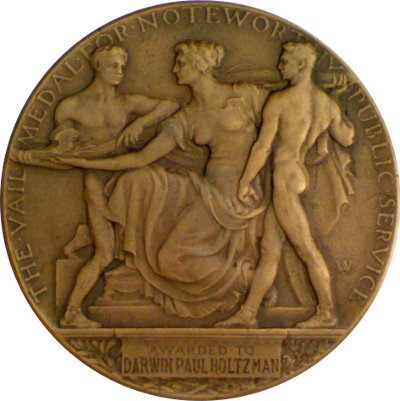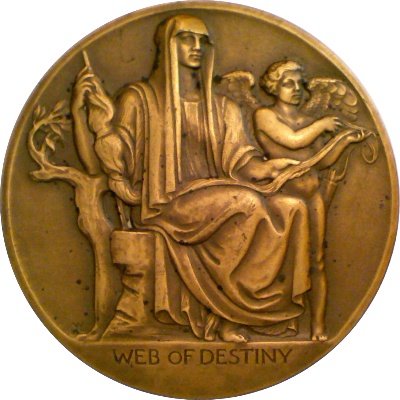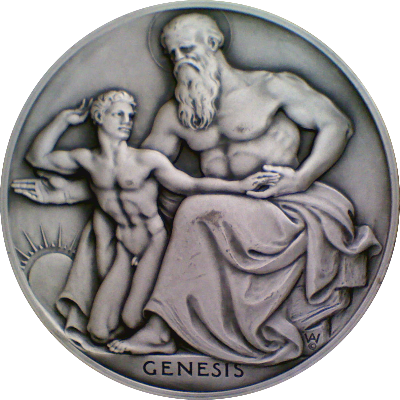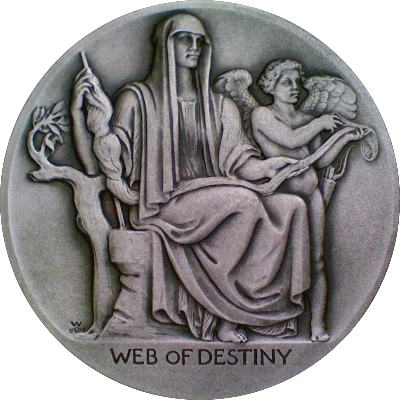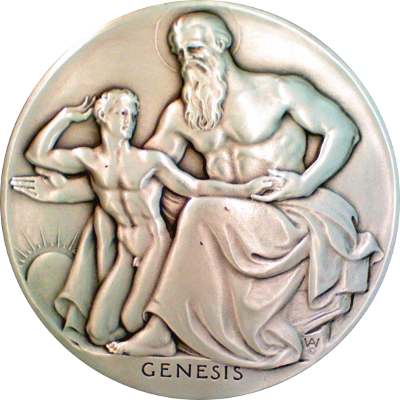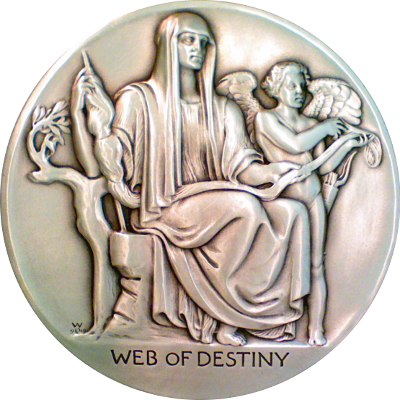Adolph Alexander Weinman was born in Durmersheim, near Karlsruhe, Germany but his family moved to the United States when he was ten or fourteen, sources differ, years old. He spent his childhood in New York and apprenticed with F.R. Kaldenberg as a carver of ivory and wood. He continued his education at Cooper Union School and, for a period of five years, in the studio of Philip Matiny. From 1895 on he was an assistant to Olin Levi Warner. After Warner's death in 1896 he worked under Augustus Saint-Gaudens for two years. His final journeyman stints were five years under Charles H. Niehaus and two years under Daniel Chester French, with whom he worked on the figures of The Continents (1907).
He set up his own studio in 1906 where he created sculptures that followed the French tradition of naturalistic, Romantic bronze. Saint-Gaudens was undoubtedly the dominant influence on his work. Besides free-standing sculptures like Major General Alexander Macomb (1906-1908), he also produced sculpture as architectural decoration and relief. Some of his work can be seen at Penn Station in New York.
Weinman's interest in medallic work was first kindled at the World's Colombian Exposition in Chicago in 1893. There he saw an entire room that was dedicated to the work of European medalists. In 1896 he created a portrait of his mother, followed by two portraits of children. One of his earliest commissions for a struck medal came with the Louisiana Purchase Exposition of 1904. In the following year he collaborated with Saint-Gaudens on Theodore Roosevelt's inauguration medal. For over 40 years he remained one of America's foremost medalists. One of his last medals was the Society of Medalists' 39th medal, Genesis, which he modeled in 1949.
His son Robert A. Weinman followed his profession.
Adolf A. Weinman died on August 7, 1952 in Port Chester, New York. His papers are at the Smithsonian Archives of Art.






